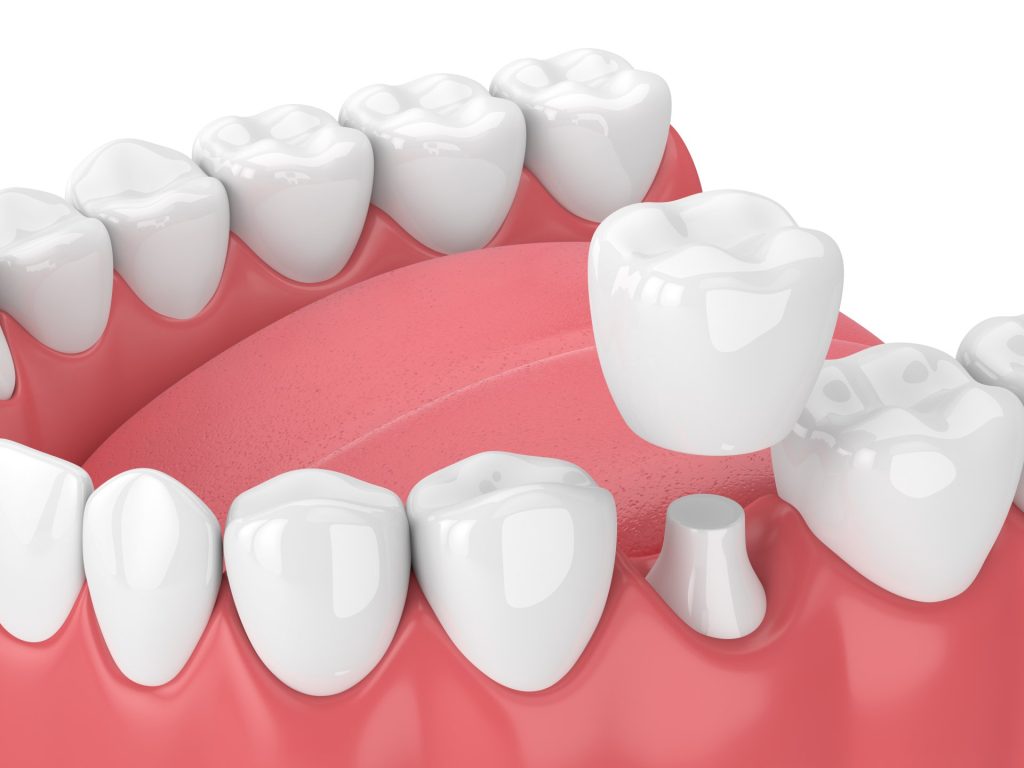Ceramic materials used in tooth restorations

Dental restoration materials must undergo rigorous biological testing to ensure that they not only have the mechanical, physical, and chemical properties required for clinical use, but also have good biocompatibility. In recent years, with the continuous development of materials science and technology and the continuous improvement of people’s living standards, ceramic materials, resin-based composite materials, metal materials, 3M nano-resins, glass-ceramics and other materials have gradually been widely used.
(1) Alumina ceramics
Alumina ceramics are white crystalline solids or powders with remarkable chemical stability and mechanical properties. As a dental restoration material, alumina has the color and light transmittance that match that of real teeth, meets aesthetic requirements, and has the advantages of weak toxicity to fibrous tissue in vitro.
(2) Zirconia ceramics
At the end of the 20th century, zirconia was developed as a dental restoration material. Zirconia ceramics have significant wear resistance, corrosion resistance, and high temperature resistance, good optical effects, are suitable for tooth restoration, and have high strength. Zirconia has strong stability and good biocompatibility. Compared with alumina, it has higher wear resistance and toughness. It is suitable for the production of valves, composite ceramic artificial bones, hip joints, bones, and tooth roots.
(3) Bioactive glass
Bioactive glass is an artificial biomaterial that can bond with bone tissue and connect with soft tissue at the same time. It has excellent properties such as biocompatibility, low toxicity, bone guidance and bone formation, and has good hemostasis and antibacterial effects. It can achieve specific biological and physiological functions when implanted in the body. Bioactive glass can be used as bone transplantation, bone filling material, alveolar ridge maintenance and reconstruction material, and oral implant coating material.
(4) Hydroxyapatite ceramics
Hydroxyapatite belongs to the hexagonal crystal system and is a typical bioactive ceramic. Its composition is close to the inorganic components of natural bone tissue and has good biocompatibility. It is not only safe and non-toxic when implanted in the body, but also can conduct bone growth. It is an excellent bioactive material. It is often used in the field of oral medicine for periodontal bone defect repair and artificial tooth root implants.
(5) Tricalcium phosphate ceramics
Tricalcium phosphate is an important calcium phosphate ceramic with good biocompatibility and biotoxicity. Tricalcium phosphate can be made into hollow structural components of a certain size and shape according to the requirements of degradation rate of different parts and different bone properties, and can be used to treat various orthopedic diseases. In addition, tricalcium phosphate has the biological characteristics of inducing periapical bone regeneration and pulp calcium bridge formation, and is widely used and valued in the field of oral medicine.
(6) Feldspar porcelain
Feldspar porcelain is a borosilicate feldspar glass with irregular grain structure distributed in the glass matrix. It is used in anterior tooth veneers, full crowns and posterior tooth inlays. It has good aesthetic effects and abrasion close to natural teeth. After grinding and polishing, it can be used in the mouth.
(7) Glass ceramics
Glass ceramics are polycrystalline solids with uniform and dense distribution of glass phase and crystal phase in a glass matrix obtained through a series of heat treatment procedures. They are also called microcrystalline glass. Glass ceramics have become the preferred material for aesthetic restoration of anterior teeth because of their transmittance and saturation close to natural teeth. Glass ceramics not only have excellent corrosion resistance and wear resistance, but also their flexural strength and fracture toughness can be controlled by adjusting the heat treatment process of the crystallization process. Therefore, products suitable for different uses have been developed one after another.
(8) Composite ceramics
Composite ceramics are a new type of resin-ceramic composite material that combines the characteristics of traditional ceramics with new resin process materials. Its advantage is that it can be realized using CAD/CAM technology. In addition, since composite ceramics contain a large amount of resin components, once the restoration is damaged, it is easy to repair it with resin.
